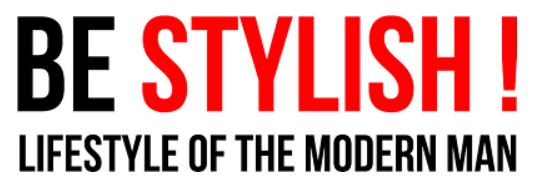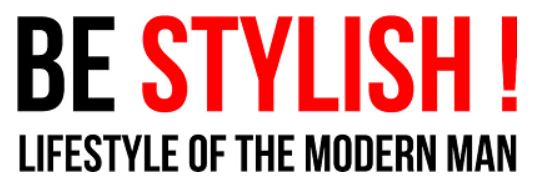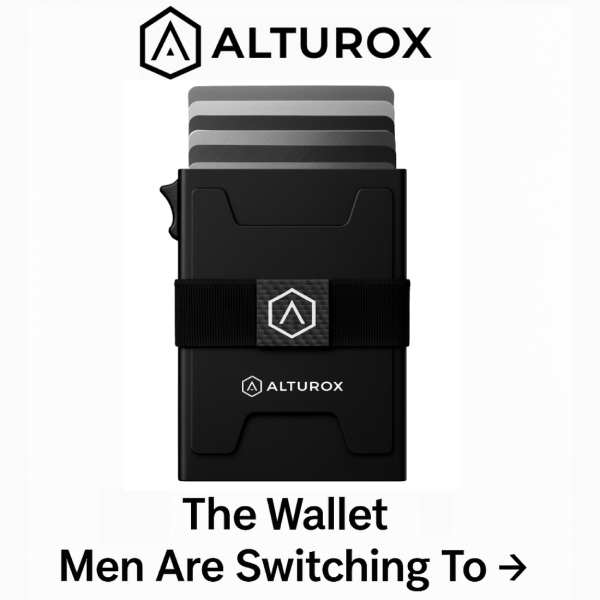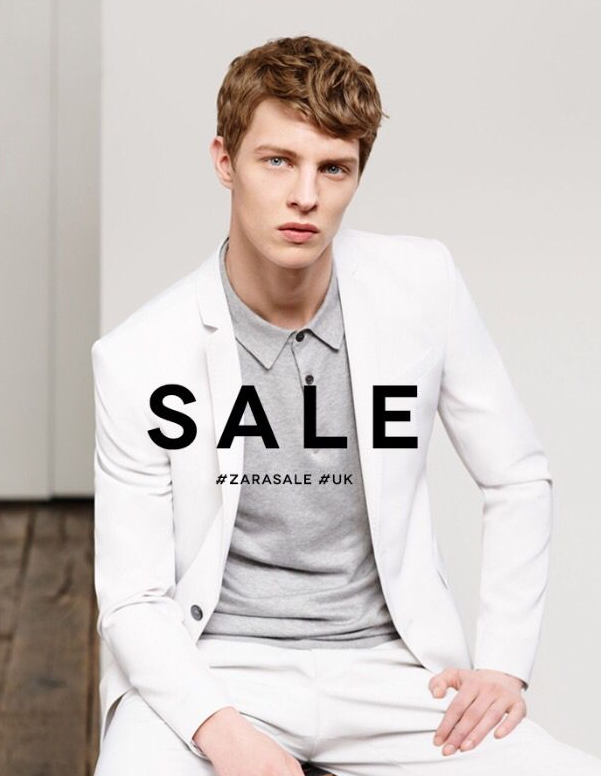Just How Do You Match Colors?

I’ve talked a while back about color matching clothes. I talked about the color wheel, complimentary colors and so on. This is all fine and dandy but, unless you have really good eye for colors, the info is hard to digest.
A big realization that I had was that I wasn’t thinking in terms of the color wheel anymore. I simply started to KNOW which colors go well with each-other.
More often than not, this isn’t something you think about. You just have to put the colors together and let your experience tell you if it looks good or not.
Let’s face it: color matching is hard when you look at the charts. But if you were to think the way I do, you’ll see that everything becomes child’s play.
It all starts with a single fashion item. You know, the one you’re hopelessly holding in your hand, having no idea how to match it.
Step #1: repeat colors!
I want you to look at your fashion item and study the color (or colors) on it. Whether it’s only one or if there are more of them, your goal should be the same: to repeat the color. That’s how I do it and I hope you’ll do it in the same way.
At this point, you shouldn’t care too much about shades.
If you have a green v-neck, match it with a green belt, even if the green doesn’t match. (We’re talking about casual outfits here because in case of formal outfits, you usually start with the shoes). If the v-neck is dark green and the belt is spring green, it’s still a match.
If you have a dark blue and light/medium blue polo shirt, repeat one of the 2 colors. Pair it with a blue shirt, a pair of blue jeans or a bleu pocket square.
For instance, I chose one of my pocket squares. As you can see, it has blue and brown on it:
Depending on how wide your wardrobe is, you might find more than one itme that you can match. If the color is netural medium, this won’t be a problem. However, if the color is bold, you need to be careful. You don’t wanna be dressed head-to-toe in red.
Step #2: Make contrast!
Now that you have your main color (in the same or in different shades), it’s time you add some more colors… but this time, make sure they CONTRAST.
What does that mean? It’s simple. They just need to stand out form each-other in a pleasant way.
There’s no need to remember the color wheel to do this, you can just memorize the colors (it’s easy, I promise).
If at step one you had a blue fashion item, good colors to make it contrast with are: brown, black, white, gray, red, yellow, purple and orange. That is to say, pretty much everything.
If your initial color is black, you can wear pretty much any color with it, except, maybe dark brown. The contrast isn’t that good and most men choose this coor combination anyway.
Same goes for white or gray, you can wear them with any color as well as black.
Take a look at how my white shirts makes excellent contrast with my green v-neck and my navy blue pea coat:
If the color is green, brown is always a good match. So is yellow, blue, white, gray and black.
As you can see, you can pair pretty much any 2 colors on the wheel, as long as you make sure they don’t stand out too much together. Contrasts are very easily noticeable.
Step #3: the 3-color rule is good… but be careful how you count them!
Sometimes 2 colors aren’t enough. Or you just can’t assemble an outfit with just 2 colors (this is pretty tough if you’re wearing more than one pattern). That’s no problem at all, you just have to add a third color.
This is the final step, making a winning trio combination.
Let me give you the combinations that I use most often. I recommend you try all of them then, if you feel up to it, you can come up with other combinations.
Trio 1: blue + black + white
This is pretty obvious. A lot of guys do it so, in order to stand out, there are a few extra things you need to do. First make sure you get the right clothing items and that they fit you perfectly.
Secondly, make sure you repeat them as much as you can, for a really stylish outfit. Wearing blue jeans with a black leather jacket and a blue v-neck is pretty boring but, if you add a white shirt, a white belt, dark blue suede shoes… things start to change. Maybe you can add a white pocket square to match your shirt. Or a black fedora with a bleu ribbon. You get the idea.
Trio 2: blue + brown + gray
Notice how this is substantially different from the first trio, in that we replaced black with brown. I also replaced white with gray but I could have just as well let the white. In this case you can even count khaki and camel as browns, even though they contrast very well with dark brown.
Trio 3: blue + brown + green
Here you need to be careful because you don’t have the white or gray (which are neutral) to save you. Too much of all 3 of them and you’ll be raising a lot of eyebrows.
Trio 4: brown + red + navy blue
The reason I’m recommending that you stick with a dark shade of blue in this case, is to allow the brown and red to stand out more. If you’ve worn the two colors before, you know what I’m talking about. If you haven’t, you’ll be pleasantly surprised on how well they work together (despite the fact that the don’t match and they don’t contrast very well either).
Trio 5: pink + grey + white
Since pink + black are worn too much by men, you should probably stay away from this combo and, instead, take the next evolutionary step: pink + gray.
Trio 6: black + green + blue
While I enjoy wearing brown, I have to admit that black is much better suited for me. This is primarily due to the fact that I have black hair and it makes perfect sense to match it with my outfit. Black, green and blue are a nice trio to assemble. If you wish, you can add white or replace blue with purple.
Trio 7: navy blue + green + blue
I could go on and on with such trios, but I’m sure you can find them yourself once you get used to wearing the ones I enumerated above.
The fact of the matter is you CAN break the 3-color rule as long as you keep the outfit “tight” as far as colors are concerned (i.e. the colors should be connected to each-other, not randomly chosen). But let’s leave the concept of color palettes for some other time.





